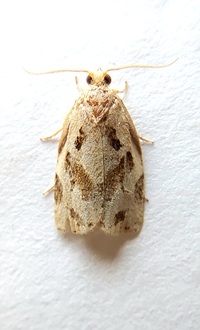
| Recorded by: Mark Basinger on 2025-05-16
Brunswick Co.
Comment: | 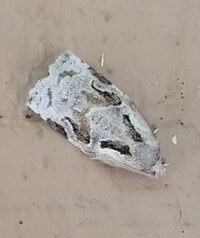
| Recorded by: Michael P. Morales on 2025-05-05
Cumberland Co.
Comment: |
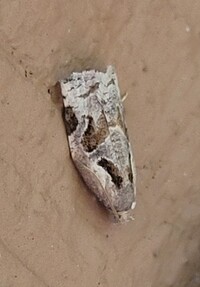
| Recorded by: Michael P. Morales on 2025-05-05
Cumberland Co.
Comment: | 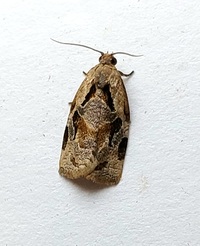
| Recorded by: Mark Basinger on 2025-05-03
Brunswick Co.
Comment: |
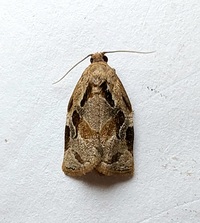
| Recorded by: Mark Basinger on 2025-05-02
Brunswick Co.
Comment: | 
| Recorded by: Mark Basinger on 2025-05-02
Brunswick Co.
Comment: |

| Recorded by: Mark Basinger on 2025-05-01
Wilson Co.
Comment: | 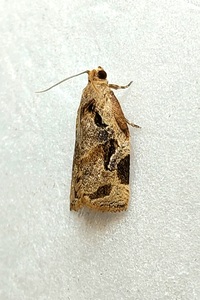
| Recorded by: Mark Basinger on 2025-05-01
Wilson Co.
Comment: |

| Recorded by: Mark Basinger on 2025-04-30
Wilson Co.
Comment: | 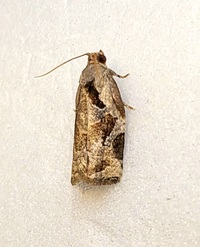
| Recorded by: Mark Basinger on 2025-04-30
Wilson Co.
Comment: |
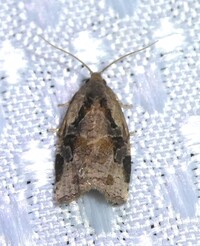
| Recorded by: Owen McConnell and Simpson Eason on 2024-06-21
Graham Co.
Comment: | 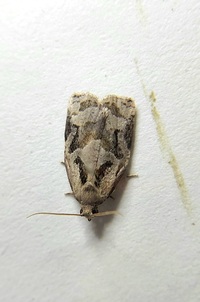
| Recorded by: Mark Basinger on 2024-05-19
Rowan Co.
Comment: |
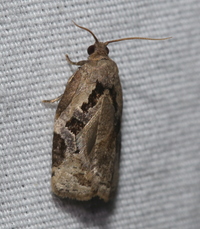
| Recorded by: David George, Rich Teper on 2024-05-13
Chatham Co.
Comment: | 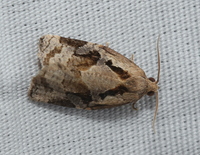
| Recorded by: David George, Rich Teper on 2024-05-13
Chatham Co.
Comment: |

| Recorded by: Jeff Niznik on 2024-05-09
Orange Co.
Comment: | 
| Recorded by: Mark Basinger on 2024-05-08
Wilson Co.
Comment: |

| Recorded by: Stephen Hall, David George, and David Bradley on 2024-05-07
Durham Co.
Comment: | 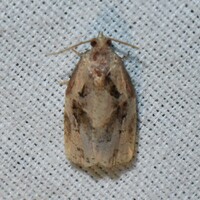
| Recorded by: David George, Jeff Niznik, Rich Teper, Erich Hofmann, Jesse Anderson on 2023-05-22
New Hanover Co.
Comment: |

| Recorded by: David George, Jeff Niznik, Rich Teper on 2023-05-21
New Hanover Co.
Comment: | 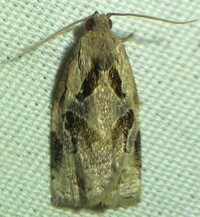
| Recorded by: Dean Furbish and Joy Wiggins on 2023-05-10
Wake Co.
Comment: |
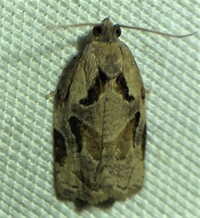
| Recorded by: Dean Furbish on 2023-05-08
Wake Co.
Comment: | 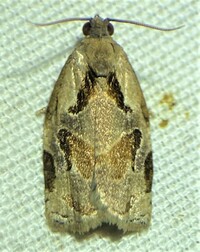
| Recorded by: Dean Furbish on 2023-05-08
Wake Co.
Comment: |

| Recorded by: Chuck Smith on 2023-05-06
Davidson Co.
Comment: | 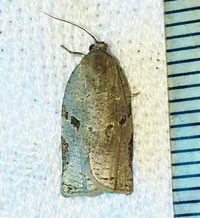
| Recorded by: Ken Kneidel on 2022-05-15
Mecklenburg Co.
Comment: |
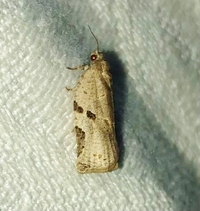
| Recorded by: Ken Kneidel on 2022-05-15
Mecklenburg Co.
Comment: | 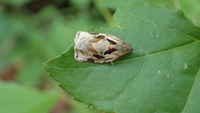
| Recorded by: Erich Hofmann on 2022-04-29
Columbus Co.
Comment: |
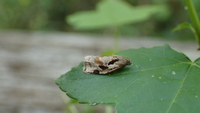
| Recorded by: Erich Hofmann on 2022-04-29
Columbus Co.
Comment: | 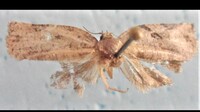
| Recorded by: Darryl Willis on 2021-06-01
Cabarrus Co.
Comment: |

| Recorded by: Mark Shields on 2021-05-06
Onslow Co.
Comment: | 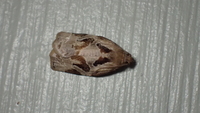
| Recorded by: Erich Hofmann on 2021-04-30
New Hanover Co.
Comment: |
|

 »
»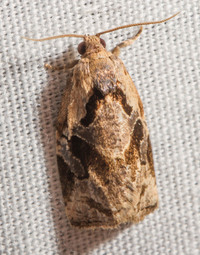
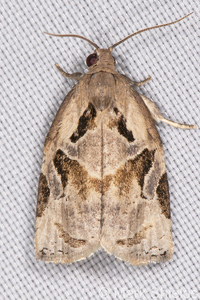


 »
»

